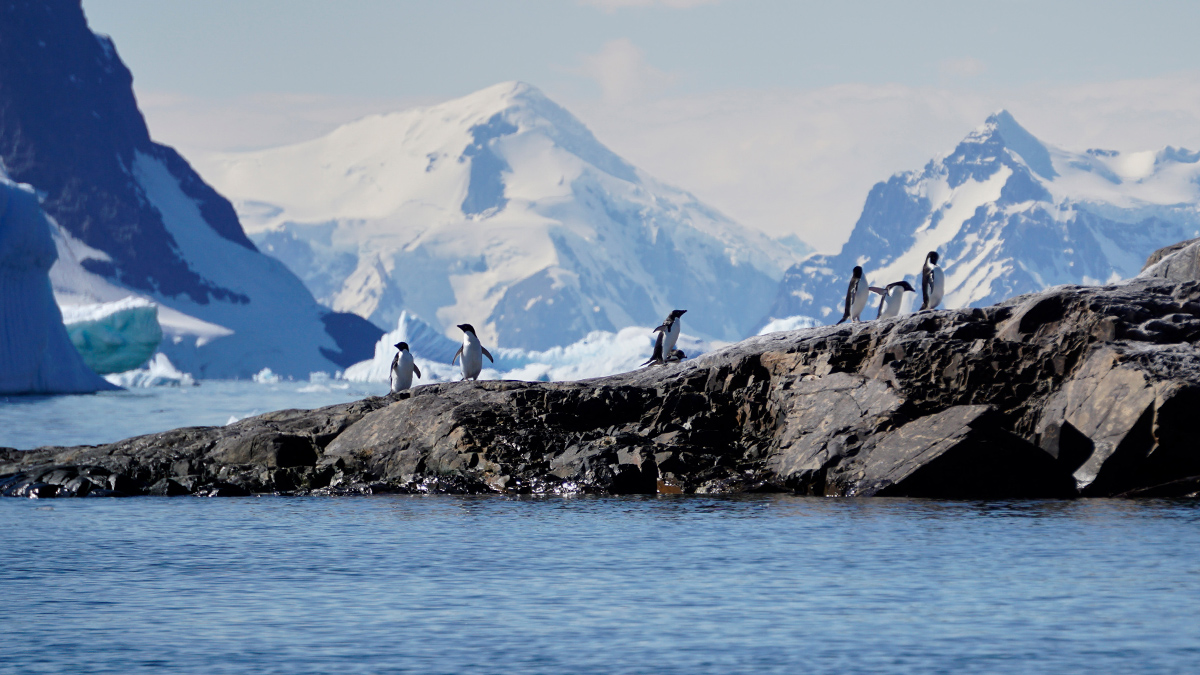Source: Earth’s Future
Ecosystems in the Southern Ocean, the body of water surrounding Antarctica, are under threat from climate change. The area’s inhabitants, from whales to krill to phytoplankton, face changes such as a loss in sea ice and rising ocean temperatures. If species that are unique to the area, such as the Antarctic toothfish, dwindle in population as a result, this decrease could affect fishery operations and lead to cascading socioeconomic and geopolitical consequences.
Scientists use marine ecosystem models to understand how fragile regions such as the Southern Ocean will respond to changing climate, as well as to develop management and conservation plans. The Fisheries and Marine Ecosystem Model Intercomparison Project (FishMIP) combines results from an ensemble of marine ecosystem models, but it includes relatively few models that focus on the Southern Ocean. Though scientists have made progress in understanding this area’s food webs and biogeochemical processes in the past decade, work remains to be done on assessing how the ecosystem may evolve under different climate change scenarios.
Murphy et al. are developing a new suite of models to complement FishMIP called the Southern Ocean Marine Ecosystem Model Ensemble (SOMEME). By consulting experts in fields such as ocean and biogeochemical modeling, the team determined that the variables used across FishMIP (sea surface temperature, sea ice concentration, and phytoplankton biomass) made it a sufficient framework for their new suite. The SOMEME effort seeks to address some of the gaps in FishMIP by better representing regional elements, including sea ice, species such as Antarctic krill, the historical impacts of whaling, and the connections between fisheries and climate.
These additions will help scientists understand how climate change can affect the region and how those effects can be mitigated, the researchers say. The team expects the model will grow more capable as they incorporate artificial intelligence into the approach and as the project gains more collaborators. (Earth’s Future, https://doi.org/10.1029/2024EF004849, 2025)
—Rebecca Owen (@beccapox.bluesky.social), Science Writer

